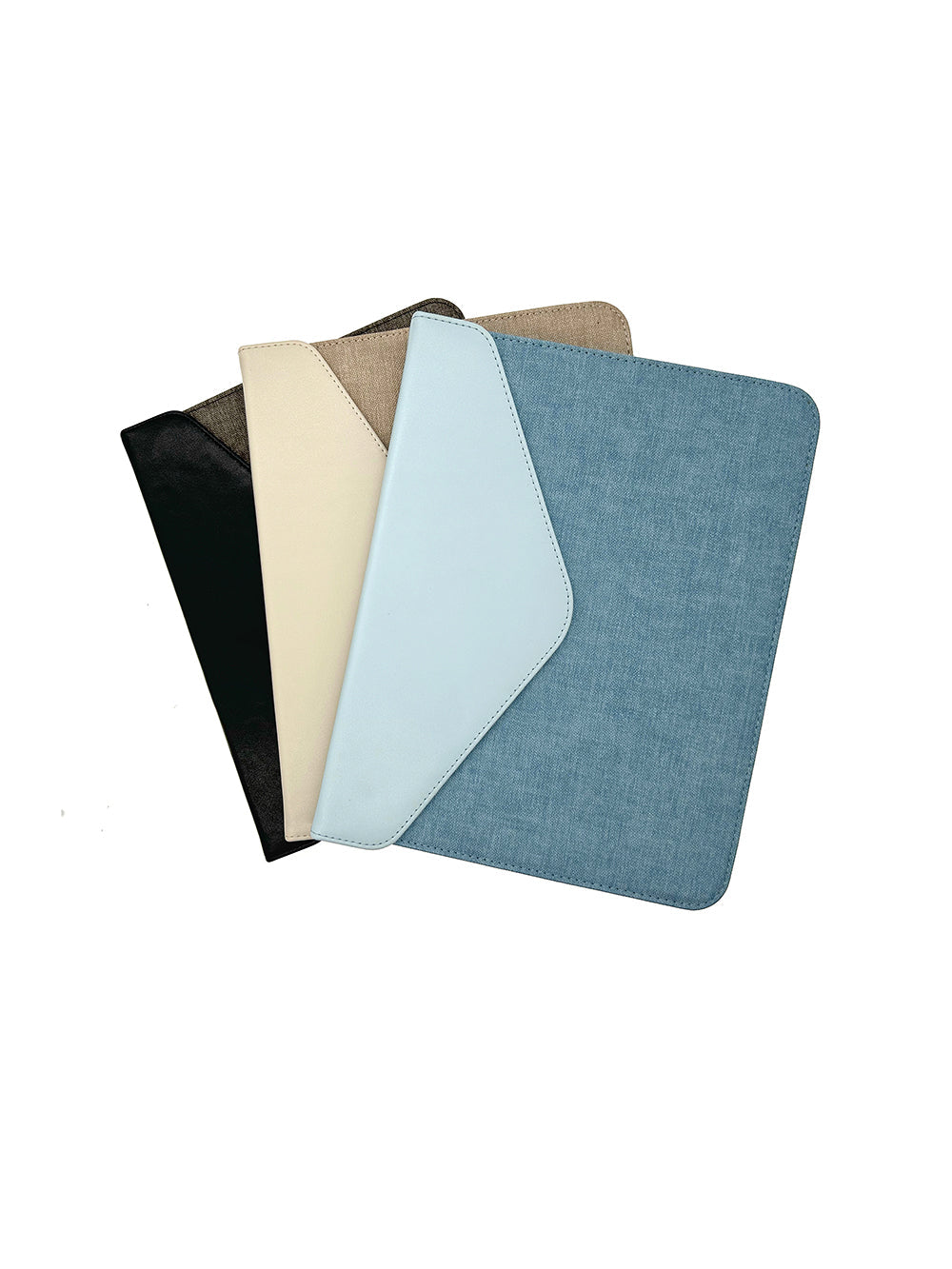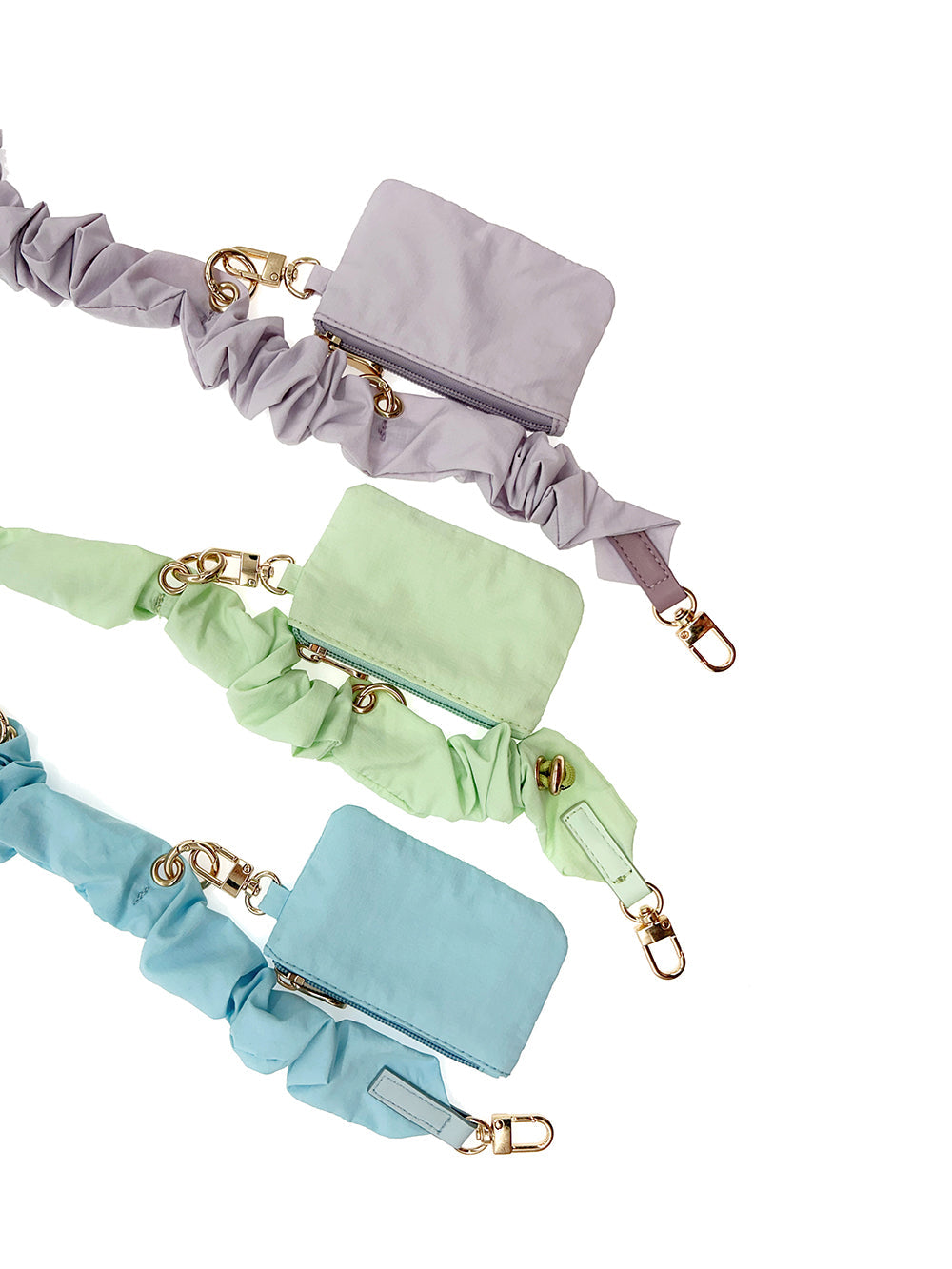
Difference Between PU Leather vs. Genuine Leather | Understanding PU Leather vs. Genuine Leather
Share
1. Production Process
Genuine Leather:
Genuine leather is made from animal hides, typically cowhide. The hide is cleaned, tanned (a chemical or natural process to preserve the leather), and treated for texture and color. It's a natural and organic process that requires skilled labor and time.
PU Leather:
PU leather is a synthetic material made by coating a base (often split leather or fabric) with polyurethane plastic. It’s machine-produced, which makes it faster and easier to manufacture in large volumes.
✅ Business Tip: If you're scaling fast and want consistent supply and finishes, PU leather production offers more flexibility.
2. Cost Comparison
Genuine Leather:
This material is more expensive due to its natural origin and labor-intensive processing. It is considered a premium product.
PU Leather:
PU leather is significantly more affordable, making it a popular choice for businesses that want to offer trendy, cost-effective items without compromising on look.
✅ Business Tip: PU is ideal for fast fashion, promotional items, or bulk orders where price is a key factor.
3. Sustainability & Environmental Impact
Genuine Leather:
Though it's biodegradable, leather production often involves chemicals in tanning (like chromium), which can have environmental concerns unless done through eco-friendly processes (e.g., vegetable tanning).
PU Leather:
PU leather is vegan and avoids animal cruelty, but it’s not biodegradable and is made from plastic-based materials. However, newer versions of eco-PU leather are emerging that use water-based polyurethane and more sustainable backing fabrics.
✅ Business Tip: If your brand markets to eco-conscious or vegan consumers, PU might align better — but check if it’s made from sustainable PU.
4. Durability & Lifespan
Genuine Leather:
Highly durable. With proper care, genuine leather products can last for years or even decades. It develops a natural patina, adding character over time.
PU Leather:
PU leather has a shorter lifespan. It may start to crack or peel after a few years of use, especially under stress or in hot, humid conditions.
✅ Business Tip: For high-end goods like premium bags, laptop covers, or long-term accessories, genuine leather adds long-lasting value and prestige.
5. Look & Feel
Genuine Leather:
Genuine leather has a natural grain and an irregular, soft texture. Each piece is unique. The smell is also distinct — a natural, rich leather scent that consumers often associate with luxury.
PU Leather:
Modern PU leather can closely mimic real leather, with even textures and various finishes (matte, glossy, grainy). It's available in a wider range of colors and designs.
✅ Business Tip: PU works well for fashionable, colorful, or seasonal collections. Genuine leather suits brands targeting authenticity and heritage.
Conclusion: Which One Is Right for Your Business?
| Feature | Genuine Leather | PU Leather |
|---|---|---|
| Production | Natural, slower | Synthetic, faster |
| Cost | High | Low to medium |
| Sustainability | Biodegradable, but chemical-heavy | Vegan but not biodegradable |
| Durability | Long-lasting | Shorter lifespan |
| Appearance | Natural, rich, premium | Stylish, versatile, uniform |
Choose Genuine Leather If You:
-
Want to offer luxury, long-lasting products
-
Sell to high-end or professional markets
-
Prioritize craftsmanship and natural aesthetics
Choose PU Leather If You:
-
Need budget-friendly materials for volume orders
-
Want vegan or cruelty-free alternatives
-
Create trendy, seasonal, or colorful product lines





